The 5 Best ETL Tools You Should Know
A primary concern for many organizations and businesses today is converting raw data into structured and usable data for making better and more methodical decisions.
ETL (Extract, Transform, Load) tools are a crucial part of solving data management issues.
There are many different ETL tools available based on individual needs, which we will explore in more detail in this blog.
More specifically, in today's article, we will look at:
- What ETL is
- What the best available ETL tools are
- The advantages of each one of them
Let's start with a basic definition.
What is ETL
ETL stands for Extract, Transform, Load.
It's the process of extracting data from various sources, transforming it into data models, and then loading the data into data warehouses.
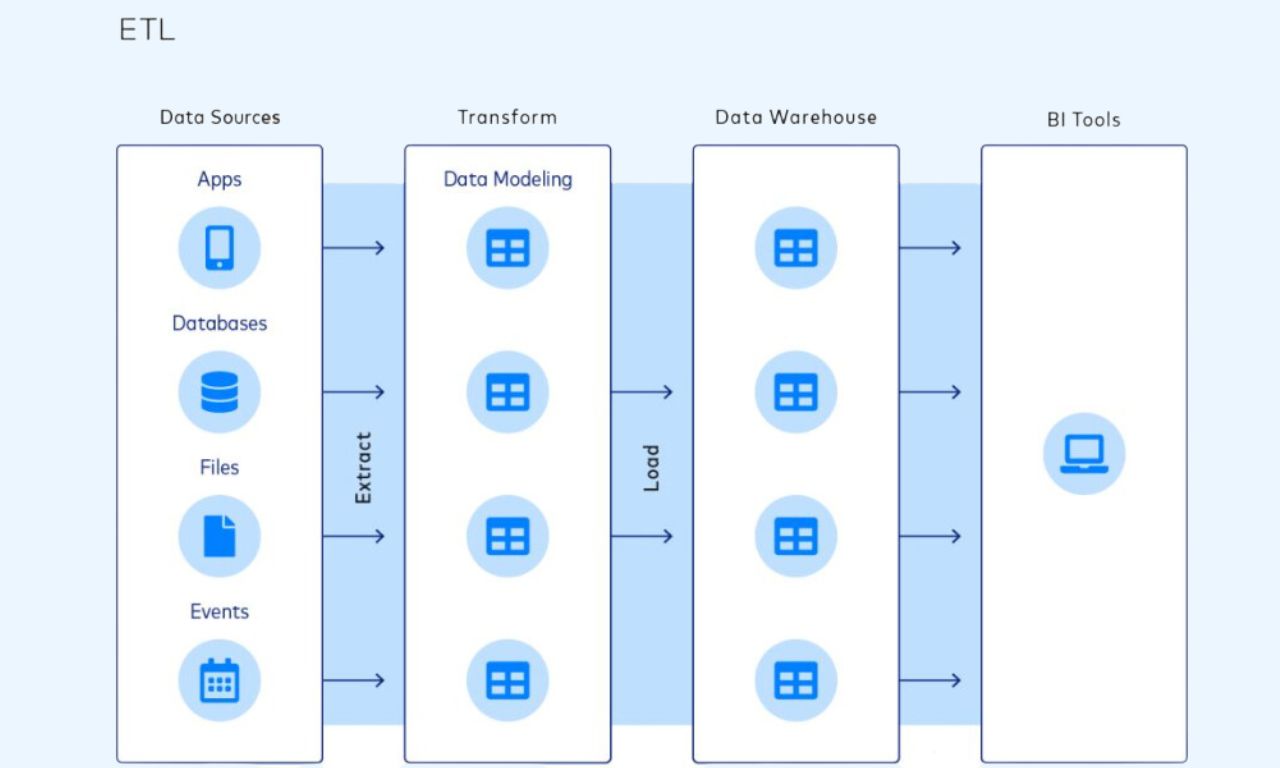
In the first stage during the extraction phase, data is copied from its source system, such as databases, CSV files, JSON, XML, spreadsheets.
Then, the extracted data is transformed.
During this process, cleaning, filtering, combining, or other processing may take place.
In the final step, during the loading phase, the transformed data is moved and stored in a target system.
This final step makes the data immediately available for business intelligence (BI), reporting, etc.
The ETL process is highly useful and popular as it allows companies to reduce the size of their data stores, which can save computation and storage costs.
After seeing what ETL is, let's take a look at some popular ETL tools, along with the advantages they offer.
The 5 Best ETL Tools You Should Know
ETL tools are a set of software tools designed to automate and simplify the process of extracting data from various sources, transforming it into a clean format, and then loading it into the target system.
Now, let's look at some popular ETL tools that are particularly useful for data engineers and data science teams in a company.
Tool #1: Integrate.io
Integrate.io is a cloud-based data integration and management platform.
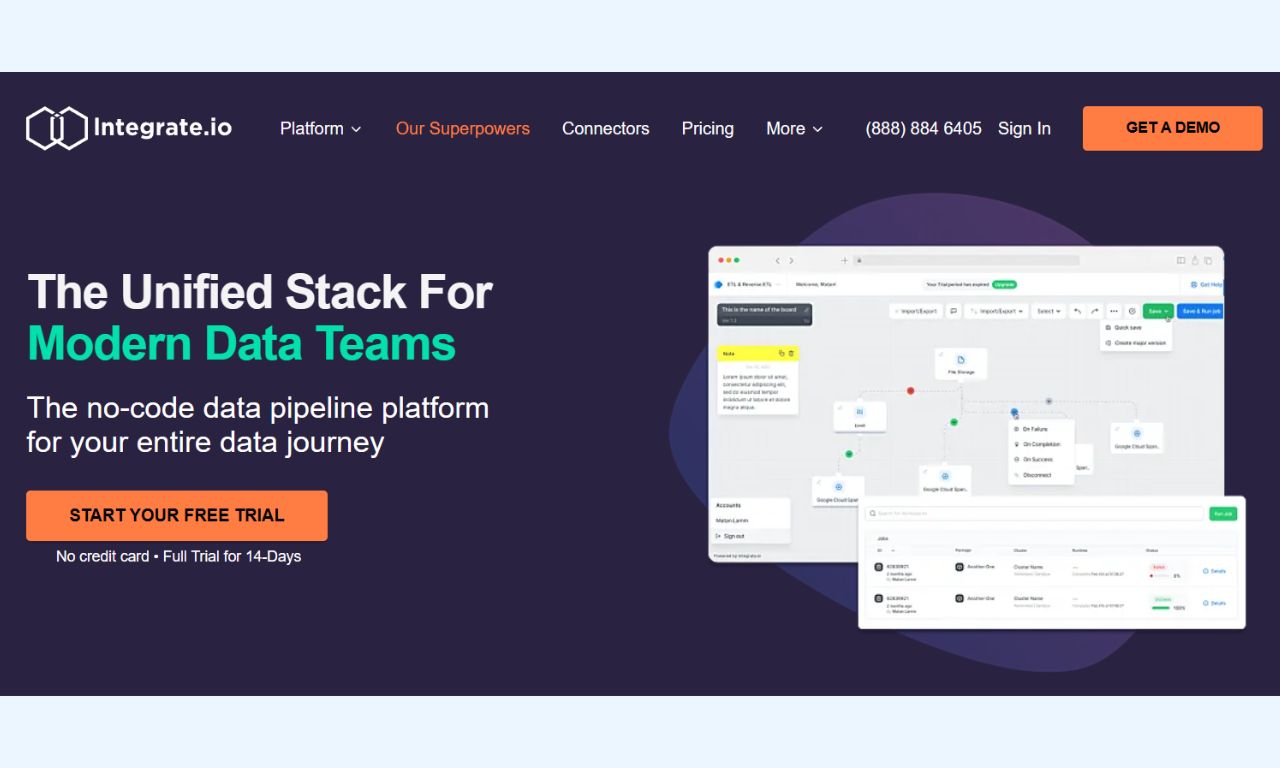
Its ability to connect to a wide variety of data sources, from databases to CRM systems, makes it a scalable and flexible solution for various data integration needs.
It allows data science teams to easily collect data into data warehouses, databases, and operational systems.
Users can easily clean and format the data, as it is a platform with significant data transformation capabilities.
Tool #2: Pentaho Data Integration (PDI)
Pentaho Data Integration (PDI) is an ETL tool offered by the company Hitachi.
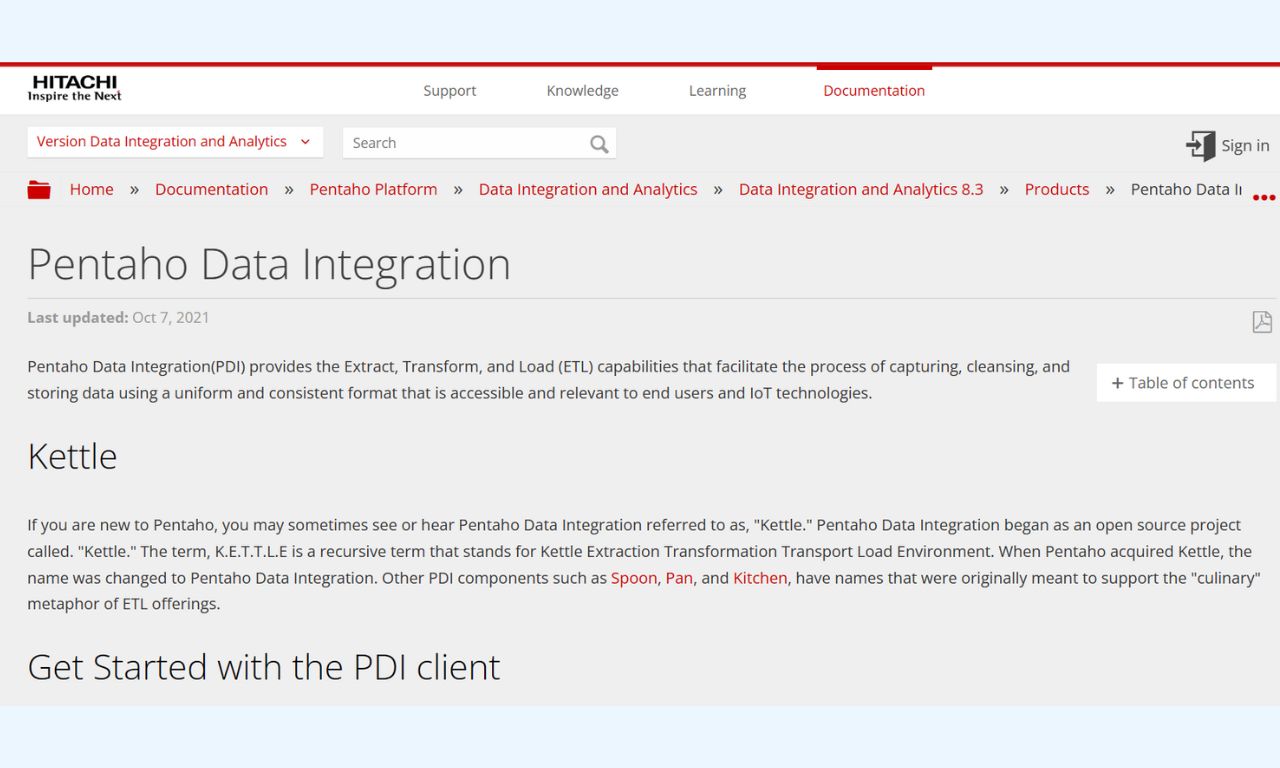
This tool manages data integration processes from various sources, cleans them, and stores them in a consistent format.
Furthermore, it shares this information with end users for analysis while also supporting access to data for IoT technologies.
Tool #3: AWS Glue
AWS Glue is a cloud-based ETL tool provided by Amazon.
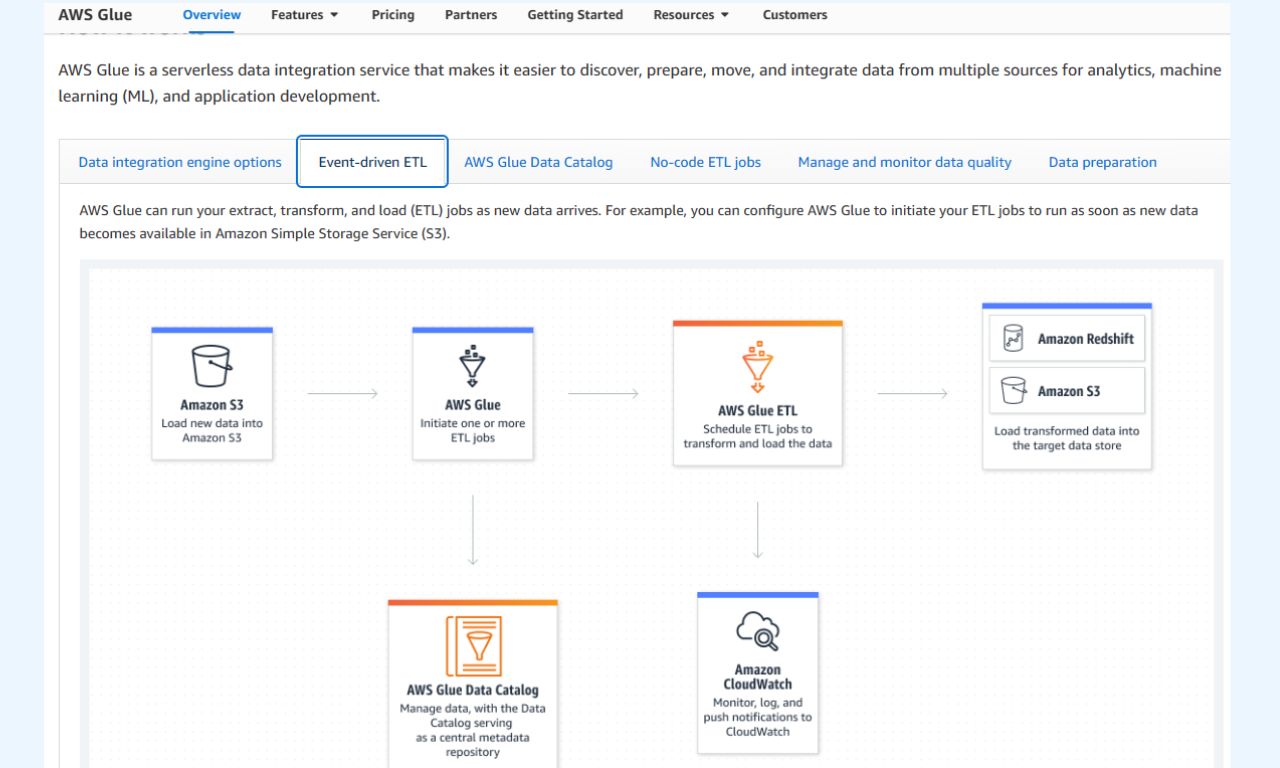
It is a serverless platform that offers capabilities and functions for data preparation, integration, and transformation from various sources for various analytical use cases.
Additionally, an added advantage is that when, for example, a data engineer interacts with AWS Glue, they can choose between a drag-and-drop user interface, a Jupyter Notebook, or Python code.
Tool #4: Talend Open Studio
Another open-source ETL tool that offers a wide range of data integration and transformation capabilities is Talend Open Studio.
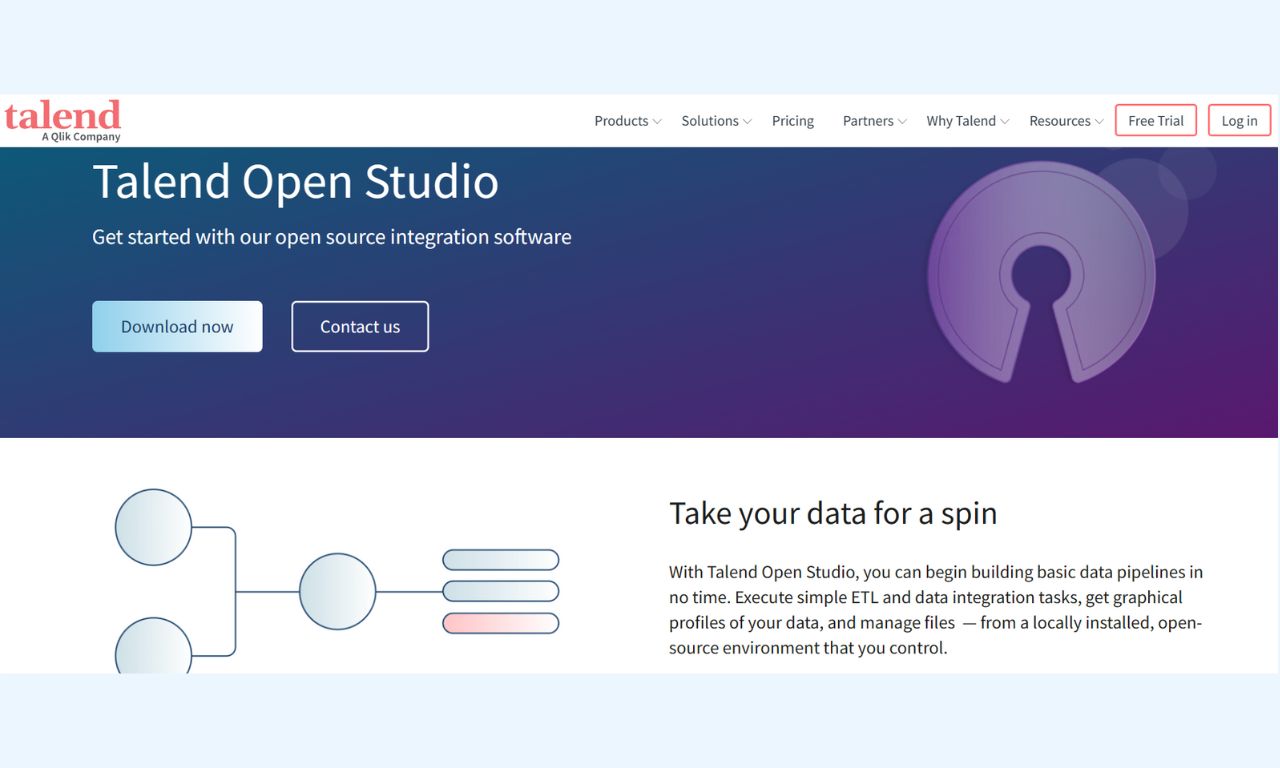
Talend Open Studio features a user-friendly graphical user interface (GUI).
Users can easily drag and drop components to create data pipelines.
Tool #5: Informatica PowerCenter
Informatica PowerCenter is a comprehensive ETL tool that places special emphasis on data quality and governance.

It offers a wide range of options for connections to cloud data warehouses and data lakes.
Using the services it provides, users can design, develop, and monitor data pipelines.
In Summary
So, we have seen in detail what ETL is, some of the most popular ETL tools worth knowing, and the advantages each one offers.
If you are intrigued and want to learn more about ETL and the world of data science, follow us for more educational articles!


.jpg)